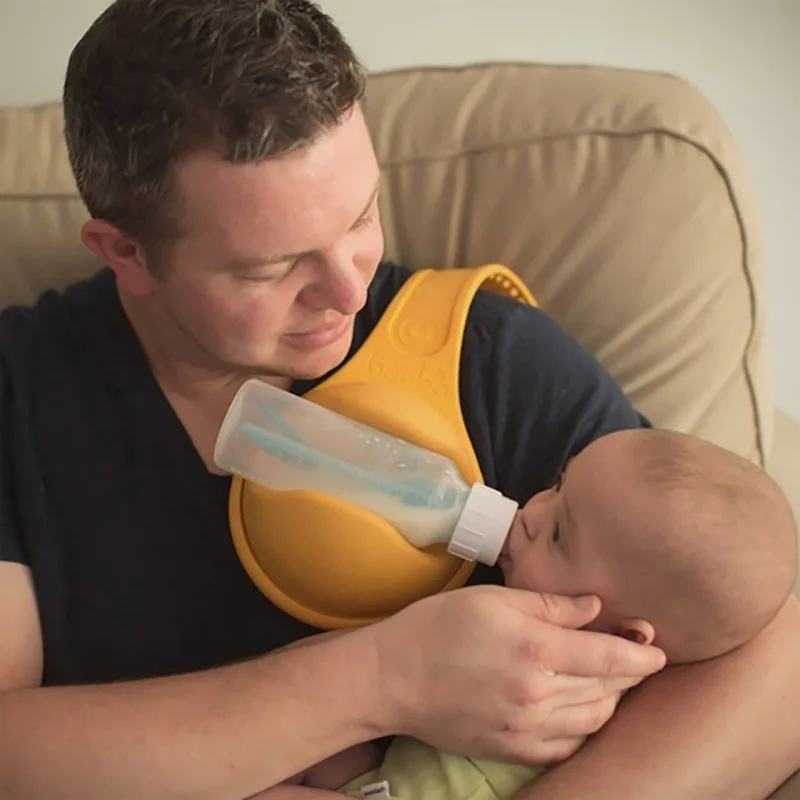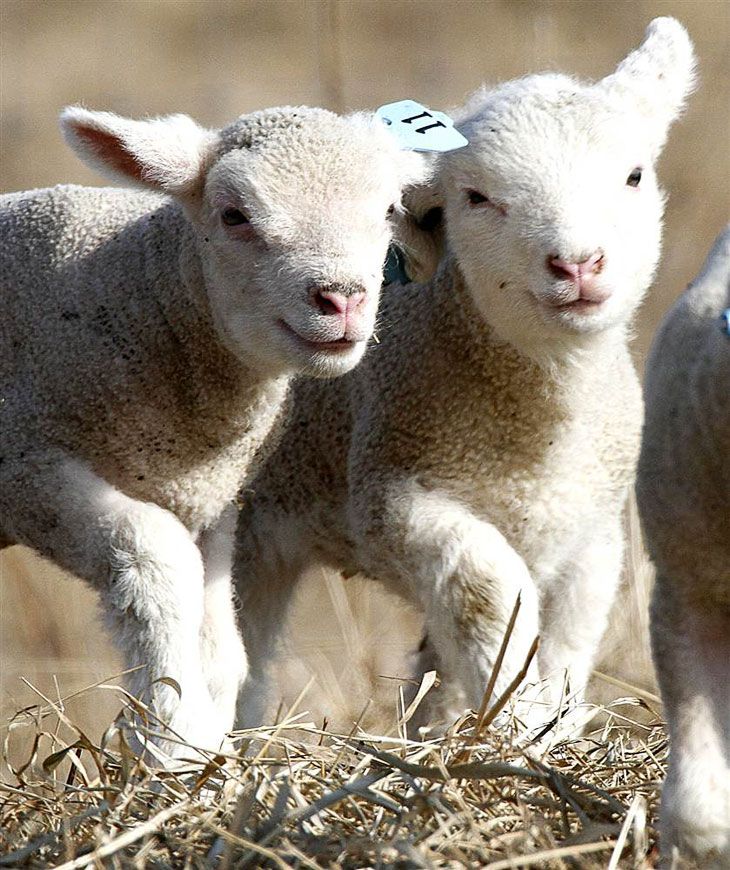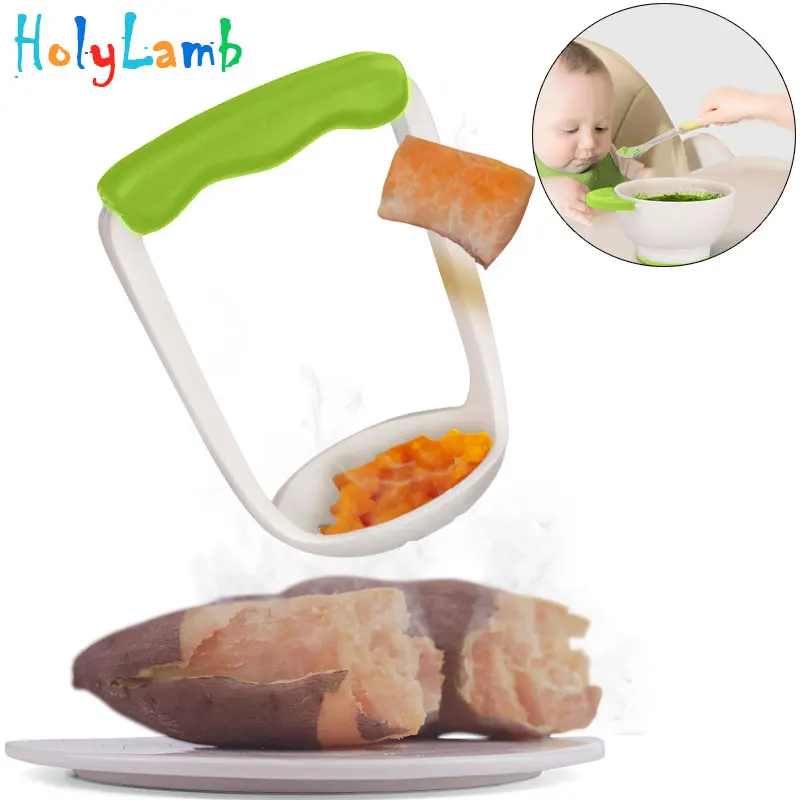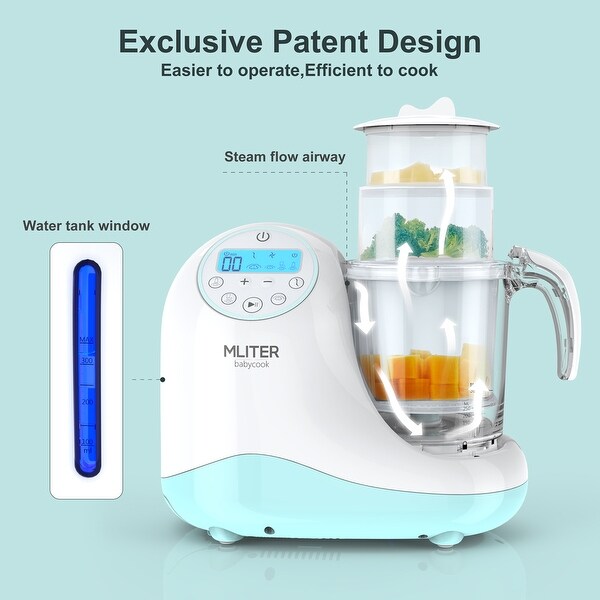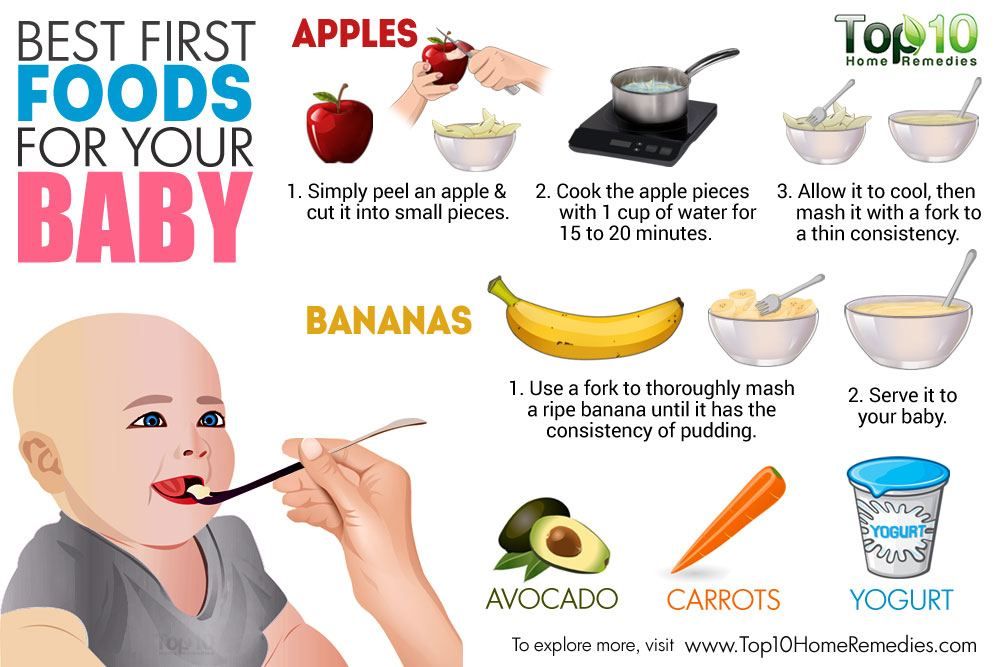Is bottle feeding harmful for baby
Bottle-feeding babies: giving the bottle
About bottle-feeding
If your baby can’t always feed directly from your breast, you might choose to bottle-feed with expressed breastmilk. Or you might need to feed your baby infant formula, which is the only safe alternative to breastmilk.
Before you bottle-feed your baby, it’s important to know how to clean and sterilise bottle-feeding equipment, as well as how to prepare, store and warm bottles of formula. This will help to keep your baby safe from infection and make sure baby is getting the right nutrition.
Getting the right flow when bottle-feeding
To test the flow of the formula or breastmilk, hold the bottle upside down when it’s filled with liquid at room temperature. The liquid should drip steadily from the teat but not pour out.
If you have to shake the bottle vigorously to see the drip, the flow is too slow. Your baby might go to sleep before drinking what they need.
When you feed your baby, you might see a little leakage at the corners of your baby’s mouth. This doesn’t mean the flow is too fast. It’s nothing to worry about. It will stop as your baby gets older.
If you have trouble finding a teat with a flow to suit your baby, try a faster teat rather than a slower one. You might need to try a few different teats before you find one that suits.
Giving baby the bottle
Make yourself comfortable and cuddle your baby close to you, holding baby gently but firmly. It’s better for your baby to be on a slight incline so any air bubbles rise to the top, making burping easier.
Put the teat against your baby’s lips. Your baby will open their mouth and start to suck. Keep the neck of the bottle at an angle so it’s filled with formula or breastmilk.
When your baby stops sucking strongly or when about half of the formula or breastmilk has gone, gently remove the bottle and see whether baby wants to burp. Once you’ve tried burping your baby, you can offer the bottle again.
Paced bottle-feeding
Babies who are normally breastfed might find it hard to pace themselves when bottle-feeding, particularly if they’re premature.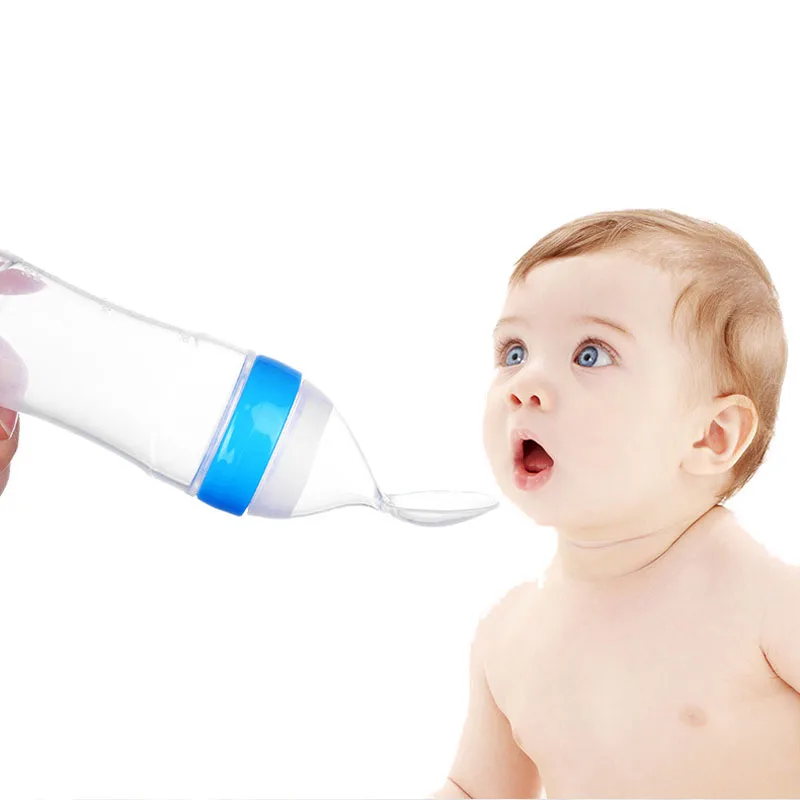 This is because they’re used to controlling the flow of breastmilk. Sometimes these babies can drink too much too quickly.
This is because they’re used to controlling the flow of breastmilk. Sometimes these babies can drink too much too quickly.
Paced feeding can sometimes help. This involves holding your baby in an upright position and letting them rest every few minutes. If you’re interested in paced bottle-feeding, it’s best to get help from your child and family health nurse or a lactation consultant.
Holding, cuddling and talking to your baby during feeding will help baby develop and grow. It’s also a great opportunity to bond with your baby.
When baby doesn’t finish the bottle or goes to sleep while feeding
Don’t worry if your baby doesn’t finish the bottle. Babies are very good at judging how much they need, so you can let your baby decide when they’ve had enough formula or breastmilk.
If your baby goes to sleep during a feed, put baby over your shoulder, rub their back, and stroke their head, legs and tummy. This can help your baby to wake up. A nappy change is a good way to wake up your baby if that doesn’t work.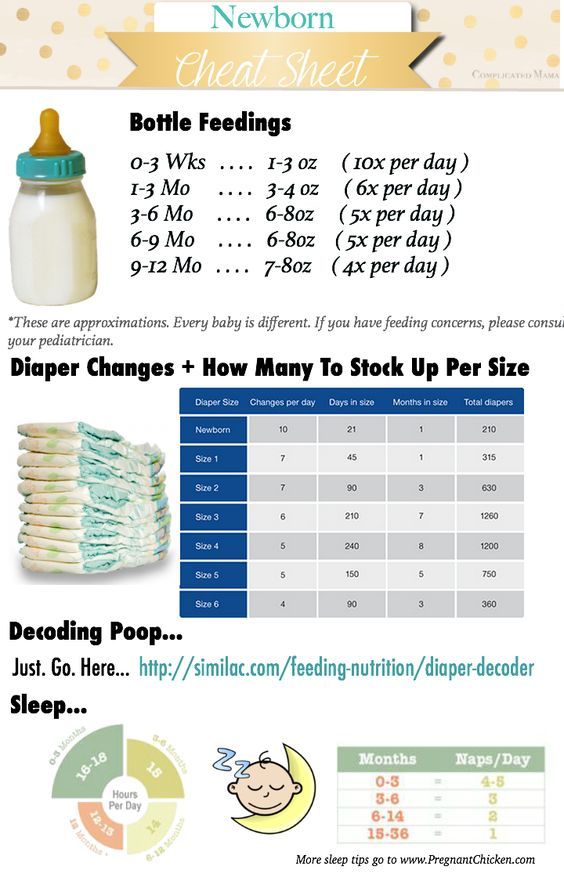
Wait until your baby is properly awake before offering the rest of the formula or breastmilk.
If there’s any formula or breastmilk left in the bottle, throw it away after one hour. When your baby drinks from a bottle of formula or breastmilk, bacteria from their mouth get into the milk. The bacteria can grow and make your baby sick if you give your the baby the half-finished bottle later.
When baby refuses the bottle
Babies sometimes refuse a bottle altogether. Here are things to try if this happens:
- Try a new feeding position or change the feeding environment. For example, move around while you’re feeding, find a quieter place to feed, or play some relaxing background music.
- Try again later when your baby is more settled. For example, give your baby a bath and then try again.
- Ask your partner or another family member to give your baby the bottle.
- Try using a different teat. If the flow of formula or breastmilk is too slow, it might frustrate your baby.

- Let your baby open their mouth for the bottle when they’re ready, rather than putting the teat into their mouth.
- Offer the formula or breastmilk from a small cup or spoon. To do this, sit your baby up and offer them small sips.
If your baby is regularly refusing the bottle, you could try adjusting your routine.
If you think your baby is refusing the bottle because they’re unwell, treat your baby’s symptoms or take your baby to see your GP.
How much do bottle-feeding babies drink?
Newborn babies commonly have 6-8 feeds every 24 hours, but there’s no set amount of food or number of feeds your baby should have. Different babies drink different amounts of formula or breastmilk. Some might have feeds close together and others further apart. And it can change from day to day.
Just feed your baby whenever they’re hungry. You’ll see baby cues that say ‘I’m hungry’ – for example, your baby will make sucking noises or start turning towards the breast or bottle. If your baby stops sucking or turns their head away from the bottle, you’ll know they’ve had enough.
If your baby stops sucking or turns their head away from the bottle, you’ll know they’ve had enough.
As your baby eats more and more solid food, the total amount of breastmilk or formula they take in a day will decrease. The amount of breastmilk or formula will also decrease as your baby starts to drink from a cup instead of a bottle.
Some babies never drink the ‘recommended amount’ for their age and size, and others need more. Plenty of wet nappies, consistent healthy weight gains, and a thriving, active baby mean all is well. If you’re concerned about how much breastmilk or formula your baby is taking, talk to your child and family health nurse or GP.
Bottle-feeding in bed: issues and risks
Sleep associations
If your baby gets used to falling asleep with a bottle in bed, they might depend on it to get to sleep. This can make it more difficult for your child to fall asleep or settle for sleep independently.
Bottle-feeding in bed also has several risks for your baby.
Choking
Babies who fall asleep while bottle-feeding can draw liquid into their lungs. They might then choke on it or inhale it.
Tooth decay
Babies have less saliva in their mouths to protect their teeth during sleep. If your baby falls asleep with a bottle, the lactose in the milk can build up on your baby’s teeth, putting your baby at risk of tooth decay.
Ear infections
If your baby drinks while lying flat, milk can flow into the ear cavity, which can cause ear infections.
It’s best to put your baby to bed without a bottle or to take the bottle away after your baby has finished feeding.
Using a feeding cup
When your baby is around 6 months old, you can help your baby start leaning to drink from a cup. It’s best to stop using bottles by the time your baby is 12 months old.
You should continue to thoroughly wash and sterilise feeding cups containing infant formula or breastmilk until your baby is 12 months old.
Bottle feeding safety tips fact sheet
If bottle feeding your baby breastmilk or formula, holding your baby close during feeding builds a close, loving bond between you. Your baby can feel, smell and see you and this is when a strong attachment can develop.
Bottle feeding gives you freedom to express breastmilk if you are working or away from your baby.
Safety is paramount; here are some handy care tips:
- Before feeding your baby, check the temperature of the feed by letting a little breastmilk or formula drop onto the side of your wrist. It should feel just warm, but cool is better than too hot.
- Never microwave breastmilk – this heats bottles unevenly, which can scald your baby or damage the milk. Stand the bottle of breastmilk in a container of warm water for a few minutes (no more than ten).
- Discard any warmed breastmilk that has not been offered to your baby and/or formula which has been consumed within one hour. Do not reheat half-empty bottles.
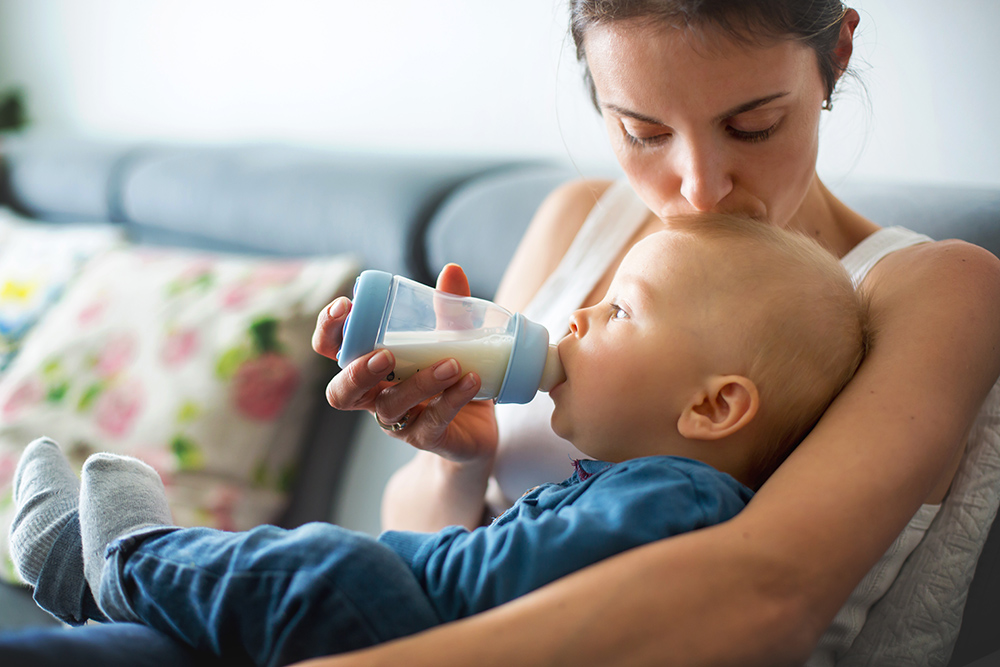
- All teats and bottles should be cleaned well with a bottle/teat brush and sterilised correctly, using boiling or steaming methods or cold sterilisation, until your baby is 12 months. Teats need to be checked and replaced regularly.
- Transport bottle feeds in an insulated bag with ice bricks and use within two hours. Place the feeds in the refrigerator at the destination and use within 24 hours of the time of preparation.
How to feed with a bottle
- Seat yourself comfortably and hold your baby in your arms while giving the bottle. Hold the bottle tilted, with the neck and teat filled with breastmilk or formula. If your baby does not firmly grip the teat, gently press under their chin with your middle finger and slightly withdraw the teat to encourage sucking. This method will help to prevent your baby from swallowing air, which can cause wind pain.
- Check the bottle flow. When the bottle is upside down, the milk should drop at a steady flow from the teat.
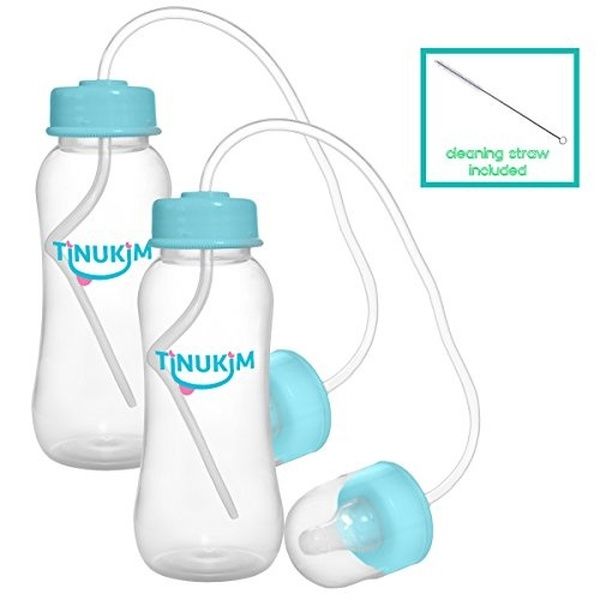 Sometimes the teat gets clogged when a powdered formula is used. Check teats often.
Sometimes the teat gets clogged when a powdered formula is used. Check teats often.
Even when fed properly, a baby swallows some air. Hold your baby upright over your shoulder or upright on your lap with your hand supporting under their chin. Pat or rub the middle of their back gently until they burp. If the baby is feeding happily, don’t stop until they are ready! Watch for signs that your baby has had enough.
The dangers of prop feeding or bottle propping
Prop feeding is when a baby’s bottle is propped against a pillow, rolled-up blanket or other support, rather than a carer holding their baby and a bottle for each feed.
This is dangerous for your baby and increases their risk of:
Choking: When being prop fed, your baby can’t control the flow of milk and the bottle will continue to flow even if your baby isn’t ready to swallow. Choking can be ‘silent’ and if you aren’t near your baby, you might not notice it.
Aspiration: This is when food or drink goes into the lungs (instead of the stomach). This can make babies unwell and lead to chest infections and hospitalisation. Babies are more at risk of aspiration when fed lying flat on their back (instead of upright). If you have left your baby by themselves to prop feed, you won’t necessarily notice that they have choked on the milk.
This can make babies unwell and lead to chest infections and hospitalisation. Babies are more at risk of aspiration when fed lying flat on their back (instead of upright). If you have left your baby by themselves to prop feed, you won’t necessarily notice that they have choked on the milk.
Suffocation: Using pillows, rolled up blankets or soft toys to support the bottle increases your baby’s suffocation risk because these items can fall over your baby’s face and smother them. At all times when your baby is in their cot, you should be following safe sleeping guidelines which include keeping your baby’s head and face uncovered and ensuring there are no pillows, toys, cot bumpers or doonas in the cot (https://rednose.com.au/resources/education).
Ear infections: If your baby is bottle-fed lying flat on their back, they are more prone to ear infections. This is because milk and bacteria can pool at the back of their mouth and enter the ear via the eustachian tubes.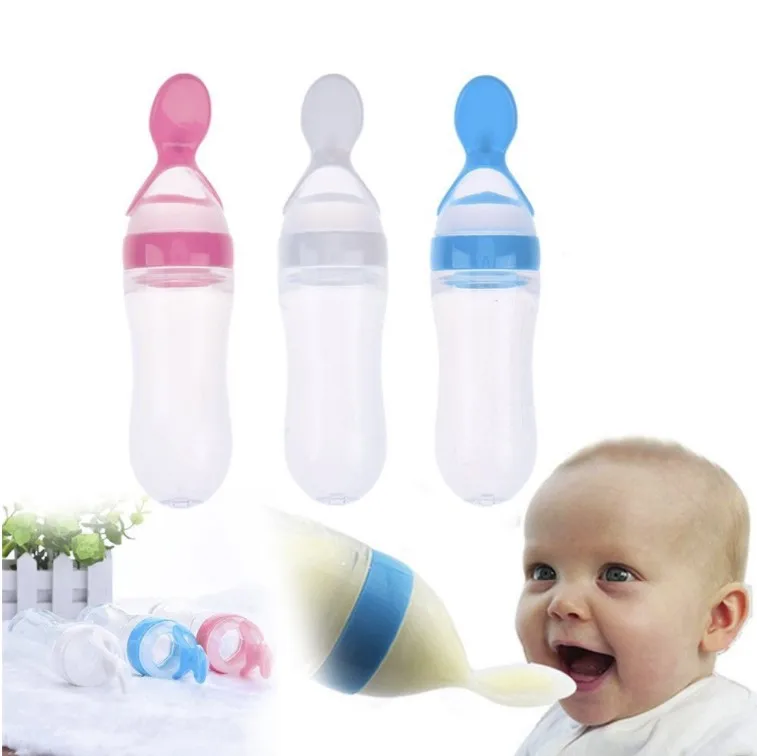 Holding your baby in an upright position during feeds reduces this risk.
Holding your baby in an upright position during feeds reduces this risk.
Tooth decay: Bottle propping can lead to tooth decay as milk can stay in your baby’s mouth and combine with the saliva in your baby’s mouth to create acid which damages their teeth.
Over feeding: If your baby can’t push the bottle out of their mouth then they have to drink all of the milk even if they don’t want it. This can lead to increased risk of obesity and can cause them to vomit and/or choke on their vomit. Babies show cues which can help you to work out if they have had enough to drink, such as stopping sucking and letting the teat fall out of their mouth. If you are not holding your baby for a feed, you won’t see these cues.
Under feeding: If the bottle falls out of your baby’s mouth before they have finished drinking it, they won’t be getting the full amount of milk that they need to grow and develop.
Important
You should always supervise your baby to keep them safe.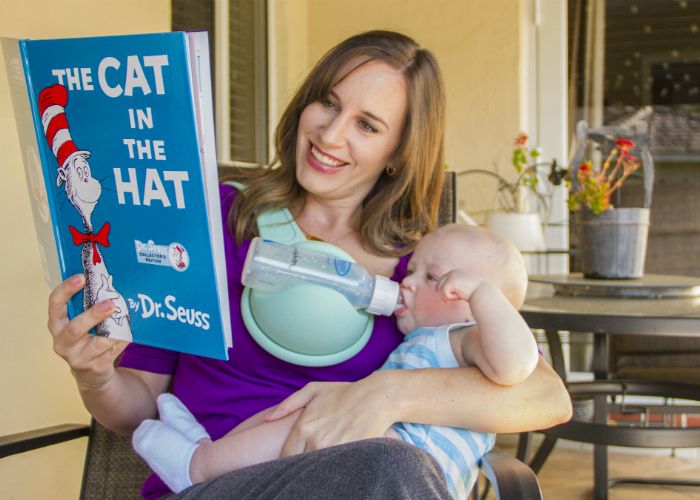 If there is something that you need to do while bottle-feeding your baby, it is much safer to stop the feed and go back to it afterwards then to leave the bottle propped in their mouth.
If there is something that you need to do while bottle-feeding your baby, it is much safer to stop the feed and go back to it afterwards then to leave the bottle propped in their mouth.
If you have other children, try to involve them in feeding time by reading a book or telling them a story, asking them to draw a picture or singing some songs. It can be a way to create a special time for everyone.
Contact us
Queensland Children’s Hospital
501 Stanley Street, South Brisbane
t: 07 3068 1111 (general enquiries)
In an emergency, always call 000.
If it’s not an emergency but you have any concerns, contact 13 Health (13 43 2584). Qualified staff will give you advice on who to talk to and how quickly you should do it. You can phone 24 hours a day, seven days a week.
Resource No: FS236. Developed by the Division of Medicine, Queensland Children’s Hospital. Updated: June 2017. All information contained in this sheet has been supplied by qualified professionals as a guideline for care only. Seek medical advice, as appropriate, for concerns regarding your child’s health.
Seek medical advice, as appropriate, for concerns regarding your child’s health.
It's not all bad: myths and truths about bottle feeding | Health
When it comes to bottle-feeding a baby, there is a lot of discussion around this issue. Some people believe that this cannot lead to any negative consequences, while others say that it can harm the health of the baby. Who is right? Scientists have conducted a number of studies on this method of feeding. We will tell you about the most common myths and present the results of scientific experiments.
Effect on child's weight
Scientists studied the eating habits of 6750 children. Obesity over the age of 5 has been found to be associated with long-term bottle use. Of all the subjects, overweight was observed in 22% of children. All of them continued to bottle feed at the age of more than a year.
It can be concluded that excessive use of the bottle leads to the appearance of extra pounds. This is due to the high calorie content of the child's diet. Even if the baby eats mixtures from a bottle only once a day (for example, at night), then he already receives about 12% of the daily calorie intake.
Even if the baby eats mixtures from a bottle only once a day (for example, at night), then he already receives about 12% of the daily calorie intake.
Appetite control
The bottle itself does not affect eating habits. The main role in appetite control is played by education and motivation.
Suppose that the mother motivated and forced the baby to empty the entire bottle to the bottom. At 5-6 years old, such a child will have poor control over his appetite. He will eat whatever is on his plate, regardless of how hungry or full he is. This is a habit that was formed in him in infancy under the influence of his mother. Such children do not stop eating, even when they are completely satisfied.
On the other hand, if the mother stops bottle feeding after she is full, then the child develops healthy eating habits later on.
Dental health
Scientists have found that bottle-fed babies have a higher risk of cavities. However, in this case, this is not always associated with the method of feeding. The child's diet plays an important role. An increased risk of dental disease is observed in those children who ate from a bottle between the ages of 1.5 and 5 years.
The child's diet plays an important role. An increased risk of dental disease is observed in those children who ate from a bottle between the ages of 1.5 and 5 years.
Sleep and colic prevention
Bottle-fed babies are more likely to have colic. This has been established by scientific research. However, breastfed babies have less sound sleep and are more likely to cry during the day. It can be concluded that bottle feeding calms and promotes good sleep.
Convenience and Benefits for the Mom
Many mothers find it easier to bottle feed their baby. However, this is a rather controversial issue. After all, the bottle must be constantly washed and sterilized. When breastfeeding, only the presence of the mother next to the baby is required.
However, a bottle is useful if the mother is working and entrusting the care of the baby to a grandmother or a nanny. She can collect breast milk in a container and use it to feed the baby. Regular pumping will help avoid congestion in the mammary gland and the appearance of mastitis.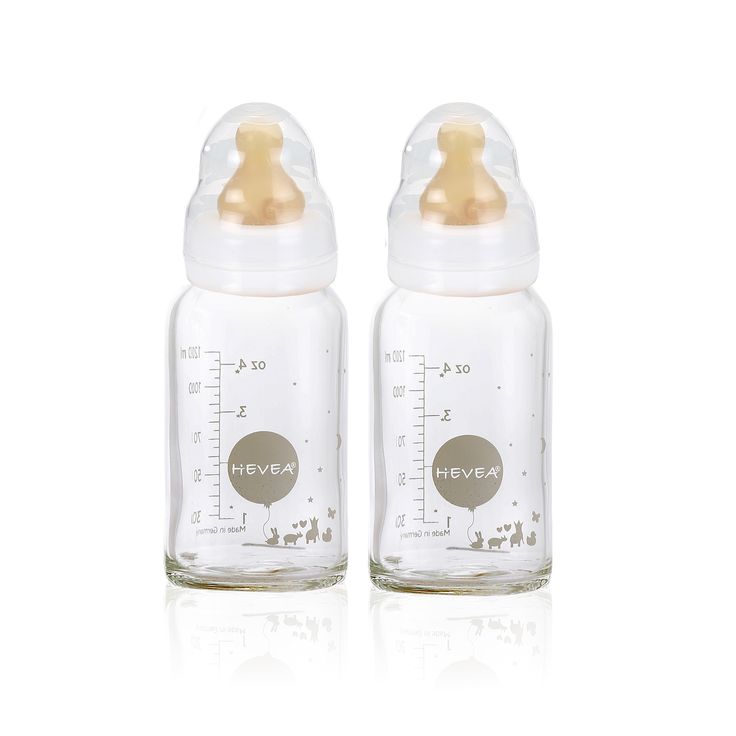
Relationship between mother and child
Psychologists believe that during breastfeeding an emotional bond is established between mother and child. However, this is not the only way to form attachment between mother and baby. After all, when you bottle feed your baby, you touch him and you establish tactile contact. All this contributes to the formation of a psychological bond between you and the baby.
Conclusion
It can be concluded that the bottle itself does not cause serious harm. It is only important not to delay this method of feeding. If a child over the age of one continues to eat formula from a bottle, then this can negatively affect his health, as well as maturation and the formation of independence.
Bottle - harm or benefit for breastfeeding?
Foto: Shutterstock This topic is quite hot, but it is impossible to remain silent on this matter. Many things that help in caring for a child are presented by manufacturers as something that brings only benefits, and of course, they are silent about the risks that exist. Nothing personal just business. Yes, a bottle is a natural thing for formula-fed babies, or for those babies whose mothers express their milk, but the baby does not feed at the breast, but receives nutrition only through a bottle. However, for all those who are breastfeeding their own milk, the bottle is a risk. I'll explain why.
Nothing personal just business. Yes, a bottle is a natural thing for formula-fed babies, or for those babies whose mothers express their milk, but the baby does not feed at the breast, but receives nutrition only through a bottle. However, for all those who are breastfeeding their own milk, the bottle is a risk. I'll explain why.
The continuation of the article is under advertising
Advertisement
"Nipple confusion"
"Nipple confusion" often occurs in a baby who has been breastfed and bottled. Especially if he found out about the bottle in the first month of life. Why especially high risk in the first month? Because the baby is still learning how to handle the breast, the mother-baby dyad is still developing proper attachment. And after he tried to attach to the bottle, there may be confusion in the head. After all, the way of sucking is different. If the child uses the wave-like movements of the tongue when sucking the breast, then with a bottle they are piston.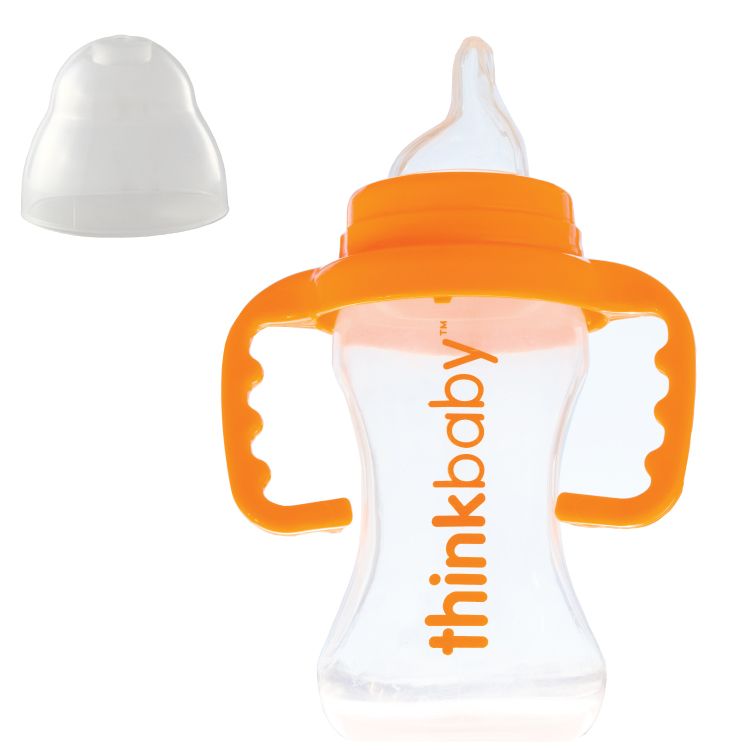 Jaw movement changes. What can this lead to?
Jaw movement changes. What can this lead to?
The baby may begin to use a "bottle" pattern of movements on the chest and then he does not effectively stimulate it. The milk comes out badly. He gets upset. Naughty. Doesn't eat up. May go into breastfeeding. And some baby, if you exclude a bottle from his life, will be able to return completely to his chest in a couple of days, and someone will show a fighting character and will be capricious for weeks. Not every mother has enough nerve reserves to withstand this test, and many at this stage finish breastfeeding.
Foto: ShutterstockFor the same reason that the baby changes the pattern of movements, it can injure the mother's nipples. And then the mother herself can not feed for so long. At the same time, if you leave the bottle in the life of the baby, then it is impossible to improve the situation with breast capture, therefore, when curing cracks, they return again and again. And here again, breastfeeding often ends.
"The Wrong Flow"
Another reason why a baby may refuse to breastfeed after trying a bottle is the strength of the flow.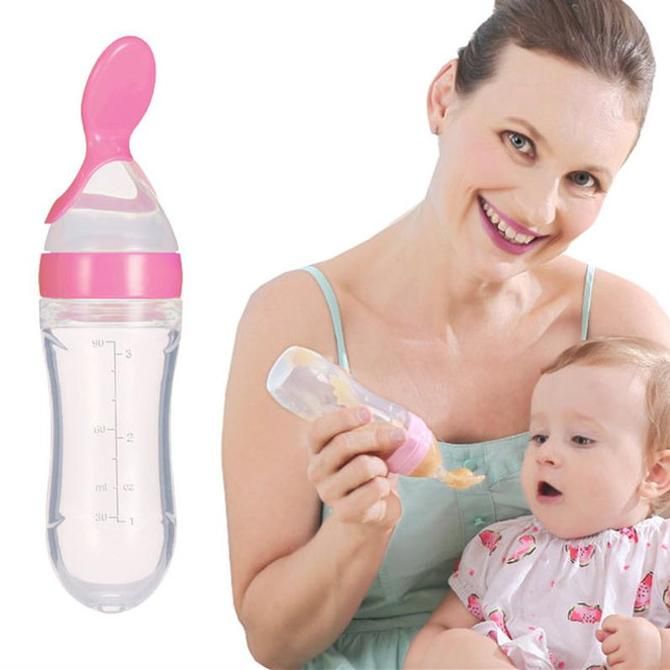 Milk consumption depending on the type of nipple can vary from 0.86 to 37.61 ml/min. What kind of run do you imagine? Moreover, the information on the packaging does not accurately reflect the flow rate! Sometimes it even contradicts the manufacturer's statement. A teat listed as "slow flow" in a range from the same manufacturer has a faster flow than a normal teat that does not have this description.
Milk consumption depending on the type of nipple can vary from 0.86 to 37.61 ml/min. What kind of run do you imagine? Moreover, the information on the packaging does not accurately reflect the flow rate! Sometimes it even contradicts the manufacturer's statement. A teat listed as "slow flow" in a range from the same manufacturer has a faster flow than a normal teat that does not have this description.
There is a thread research cycle. The risk of breast rejection due to the force of flow in the nipple is increased. A link to one of these reviews is here.
What should an ordinary mother do if she has to supplement, for one reason or another, a bottle baby combined with breastfeeding?
Ideally, you should learn how to do this WITHOUT a bottle. It is difficult to describe these methods in words. Usually I just show it in consultations. But you can still watch the video of my colleague.
If you don't succeed, you leave your child for a while with another adult who can't learn any other method, or you simply don't want to delve into this topic as a matter of principle, that's your choice.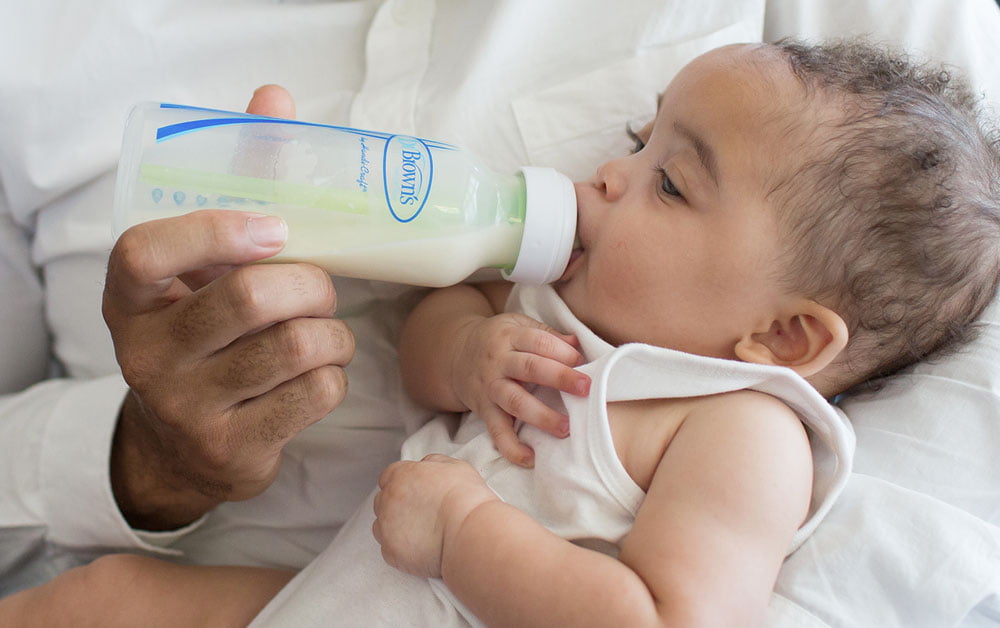 And the "Paced feeding" technique can help you, a more moderate technique with interruptions in the flow of milk from the bottle, by changing its inclination. This is more like the way milk comes out of the breast, in bursts, and not constantly, with different intensities, etc. At the same time, the bottle is located as deep as possible in the mouth, again, simulating the correct grip on the breast.
And the "Paced feeding" technique can help you, a more moderate technique with interruptions in the flow of milk from the bottle, by changing its inclination. This is more like the way milk comes out of the breast, in bursts, and not constantly, with different intensities, etc. At the same time, the bottle is located as deep as possible in the mouth, again, simulating the correct grip on the breast.
This method does not guarantee that the baby will not refuse the breast or change the sucking pattern, because the feel of the rubber nipple in the mouth is different, and the shape is different, and it is easier to grasp the nipple in the mouth. The little baby is still learning, and it's easy to confuse him. However, based on the knowledge that you have after reading this article, you can organize supplementary feeding for your child more competently.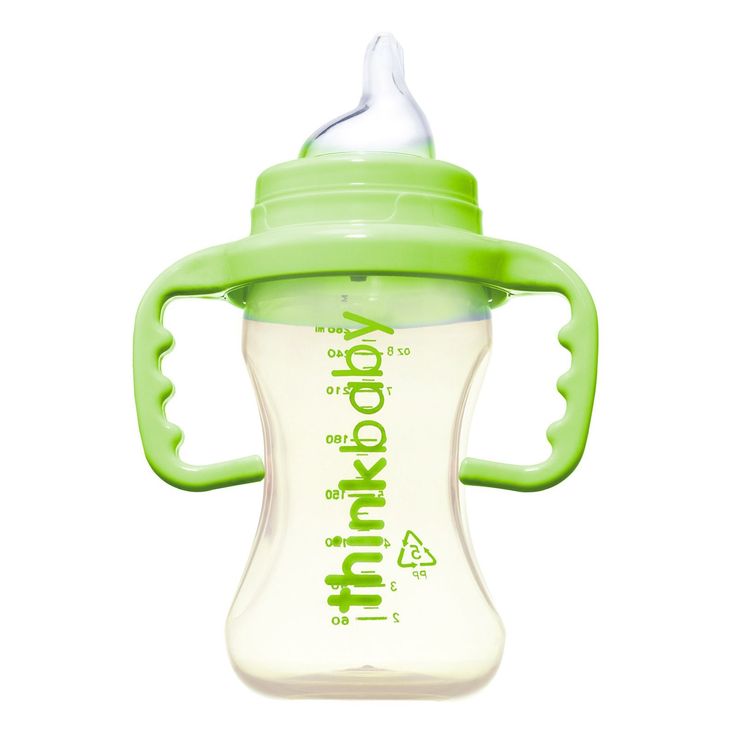
And why supplementary feeding is needed, why it is impossible to apply to the breast, lactation consultants, who do not hesitate to contact, help with this.
Those mothers whose babies have already reached 2-3 months of age, but have not outgrown the one-year milestone, I invite you to a seminar on complementary foods and breastfeeding in the life of a modern family. We will talk about feeding a child from a common table and how to combine it correctly with breastfeeding. There are 2 places left. February 5 in Riga at 10:00. You can learn more about everything by contacting me on Instagram or Facebook.
I would like to thank the team of experts I respect for the informational support.
Happy breastfeeding, dear mothers!
Delfi on Telegram: Latest Latvian news for those who have little time
Did you notice an error?
Select the text and press Ctrl + Enter!
Breast-feeding Child health The published materials and any part thereof are protected by copyright under the Copyright Act and may not be used without the consent of the publisher.